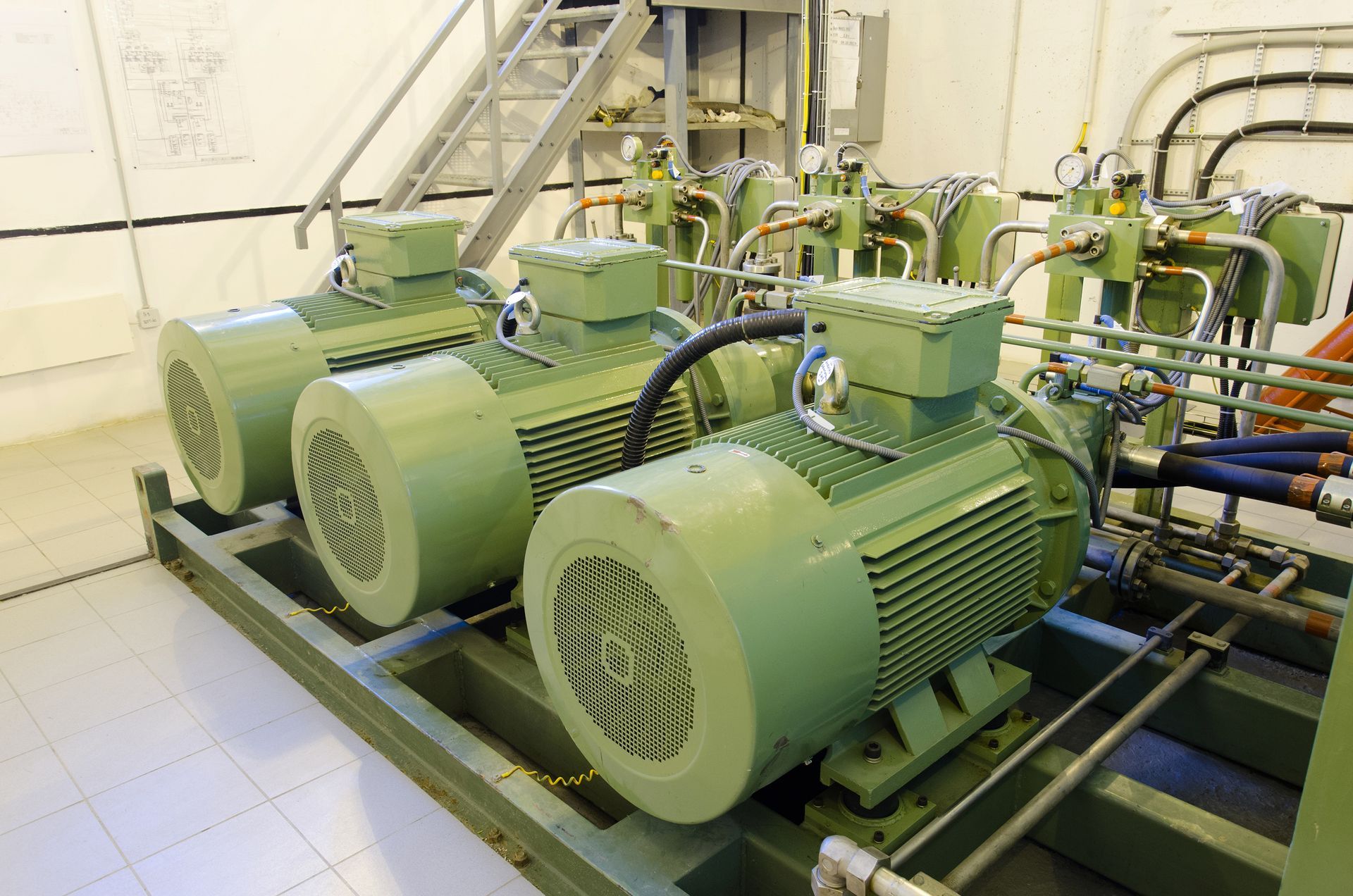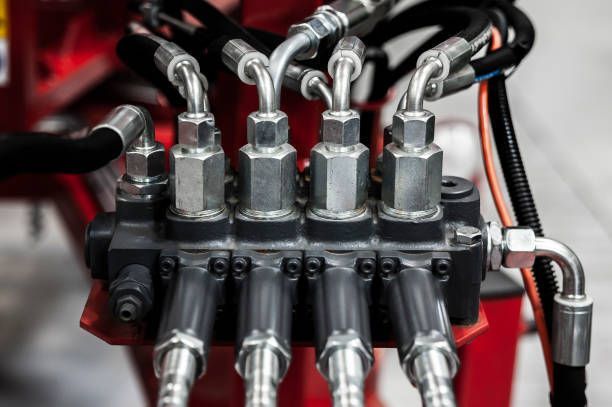An Overview of Hydraulic Motor Types

Hydraulic motors are an integral part of complex systems, and play a critical role in many mechanical systems. Here is a guide to their different types to help you understand how they work.
Gear Motors
Gear hydraulic motors feature an idler gear and a driving gear connected to the output shaft. An inlet port allows high-pressure oil to flow into the motor from one side, circling between the outside edges of both gears and the motor housing. The gears mesh so closely so that the oil does not leak back into the inlet.
Because of their symmetrical internal construction, balanced exterior, and similarly sized inlet and output ports, these motors can operate in either a negative or positive direction. They incorporate more teeth than the pump to minimize torque ripple and use rolling bearings to lessen frictional torque at startup.
Gear hydraulics motors have a low inertia, are resistant to impact, have a good suction capacity, and are easy to maintain. However, they come with a high noise level and instability at slower speeds, a low beginning torque, and a huge pressure and torque fluctuation.
The gears' constant rubbing against the motor's housing and primary bushings progressively reduces its volumetric efficiency. This typically occurs just before the device seizes up or stops working altogether.
Vane Motors
Vane hydraulic motors are rotary actuators that utilize pressurized fluid to rotate a rotor fitted with vanes that may be moved into and out of the motor's enclosure. Because of the resulting imbalanced force, the rotor can only spin in one direction. A perfectly milled lip between the motor casing and the vane prevents dust and debris from getting inside, and creates a tight seal that reduces wear and metal-on-metal contact.
The advantages of vane hydraulic motors are their compact design, uniform flow, minimal moment of inertia, quiet operation, and a high degree of adaptability. They can manage a lot of switching and give you responsive, precise action.
However, vane motors suffer from high leakages at low input pressure and instabilities at low speeds. When compared to gear motors, they also offer weaker pollution control features.
Axial-Piston Motors
The axial-piston motor is used in equipment and activities that require dynamic motion. To generate torque or rotational power, these motors rely on a piston that moves axially as it is propelled by pressurized oil. A swash plate inside the cylinder acts as a path for the piston, and the oil is pushed into the cylinder via an opening in an oil distribution panel.
The swash plate's reactive push—consisting of an axial force and a vertical force—counters the pressure oil, allowing the piston to generate torque against the cylinder's core. The flow direction of the pressure oil feeding into the motor determines whether this torque is translated into positive or negative rotation power, which impacts which way the motor shaft spins.
The benefits of axial-piston motors are high weight-to-power ratios, fast rotating speeds, and the ability to function in high-pressure environments.
Radial Piston Motors
A radial piston motor uses compressed hydraulic fluid to generate mechanical rotational energy. This motor's traditional design features a stationary core called the directional valve that holds two channels for fluid inflow and delivery.
The valve rotor contains multiple radial bores that house free-moving pistons. Pistons travel in opposite directions within these bores, with tension from the stator facilitating rotation of the rotor and pistons. This causes the motor's output shaft to spin and release kinetic energy.
Although radial-piston motors supply only moderate torque, they can rotate at high speeds thanks to the smaller amount of hydraulic fluid required by each piston. In addition, the motor's eccentricity can be changed to provide different speeds and reversibility for a given flow rate.
Contact
Quad Fluid Dynamics Inc for hydraulic system components.

